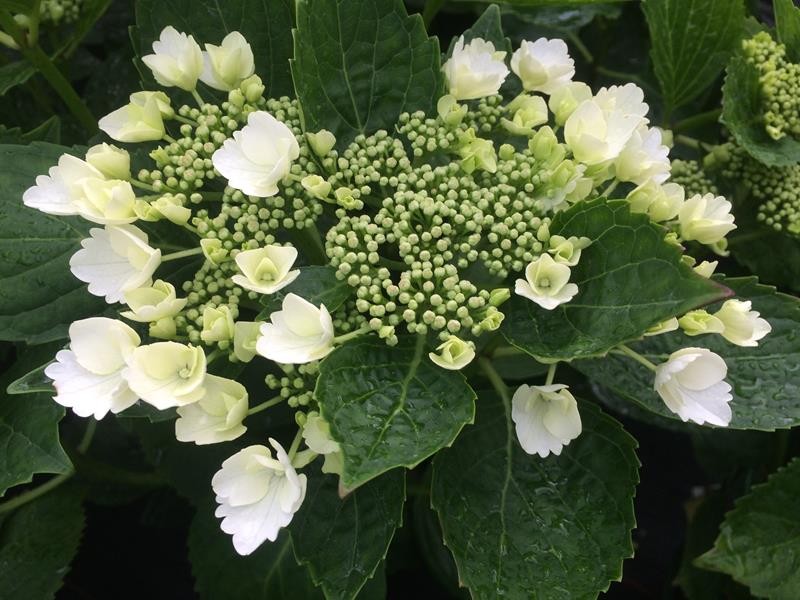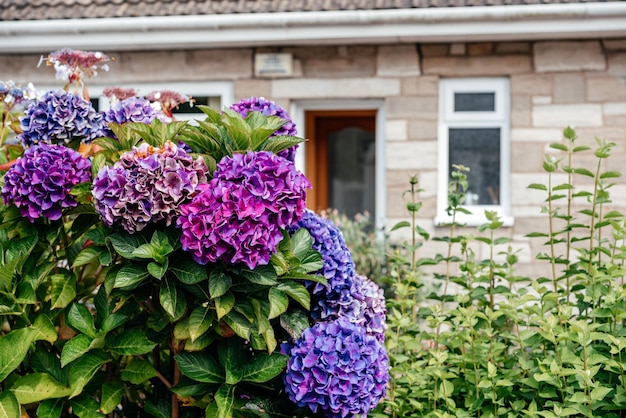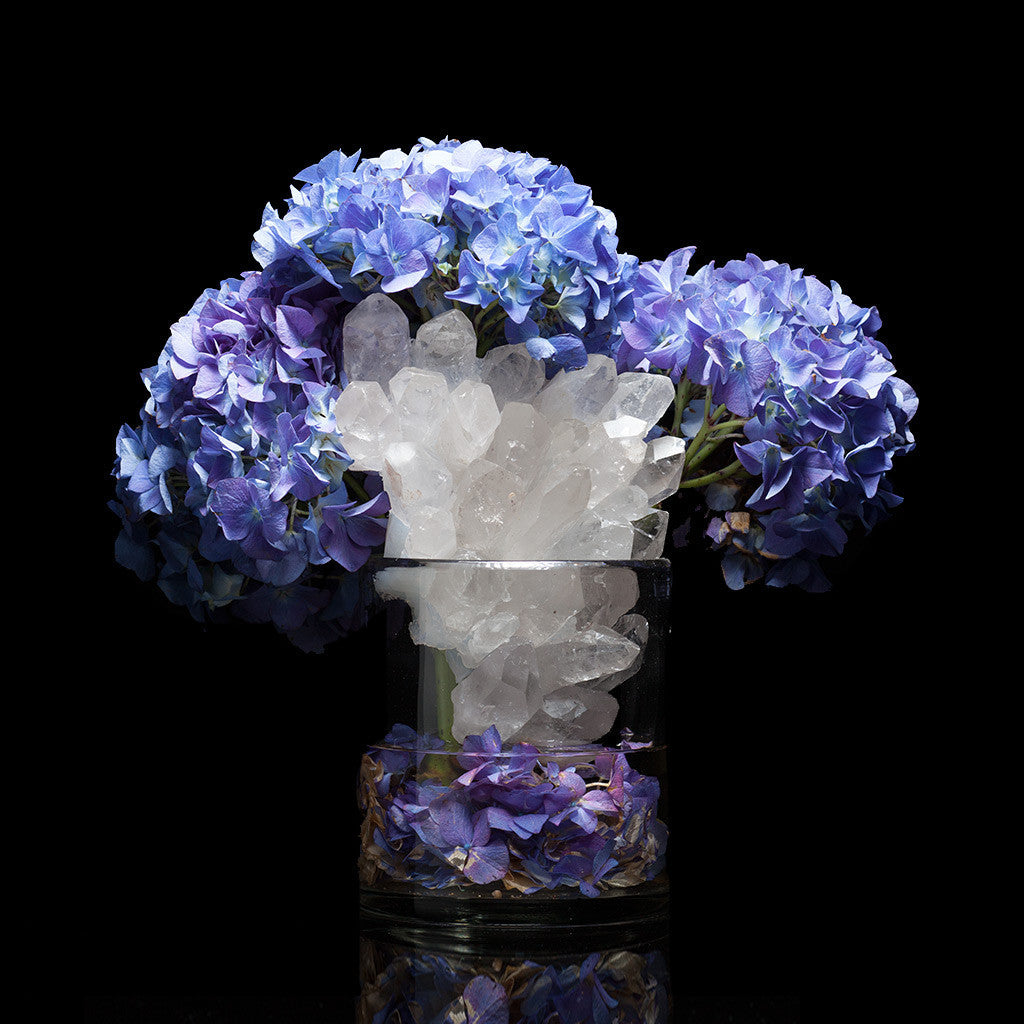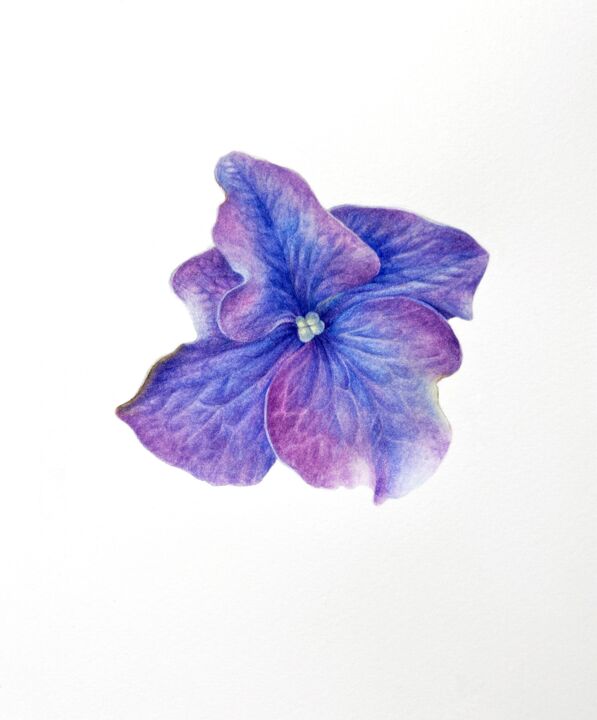Violet Hydrangea: The Perfect Flower For A Touch Of Elegance
Violet Hydrangea: The Perfect Flower for a Touch of Elegance
Hydrangeas are some of the most popular flowers in the world, and for good reason. They come in a wide variety of colors, sizes, and shapes, and they can be grown in a variety of climates. But one of the most elegant varieties of hydrangea is the violet hydrangea.
Violet hydrangeas are characterized by their deep, rich purple color. They can be grown as shrubs or trees, and they can reach heights of up to 12 feet. The flowers are large and showy, and they bloom from late spring to early fall.
Violet hydrangeas are a perfect choice for adding a touch of elegance to any garden. They are also relatively easy to care for, making them a good choice for beginner gardeners.
In this blog post, we will discuss the following:
- The history of violet hydrangeas
- The different types of violet hydrangeas
- How to care for violet hydrangeas
- How to use violet hydrangeas in your garden
History of Violet Hydrangeas
The violet hydrangea is a native of Asia, and it has been cultivated for centuries. The first recorded mention of the violet hydrangea was in China in the 14th century. The flower was introduced to Europe in the 17th century, and it quickly became popular.
The violet hydrangea was first introduced to the United States in the 18th century, and it has been a popular garden flower ever since. The flower is now grown in gardens all over the world.
Different Types of Violet Hydrangeas
There are several different types of violet hydrangeas, each with its own unique characteristics. Some of the most popular types of violet hydrangeas include:
- Hydrangea macrophylla 'Elegance': This is a popular variety of violet hydrangea that is known for its large, showy flowers. The flowers are a deep, rich purple color, and they bloom from late spring to early fall.

- Hydrangea macrophylla 'Nikko Blue': This is another popular variety of violet hydrangea that is known for its blue flowers. The flowers are a deep, royal blue color, and they bloom from late spring to early fall.
- Hydrangea macrophylla 'Veil of Mist': This is a variety of violet hydrangea that is known for its delicate, lacecap flowers. The flowers are a light purple color, and they bloom from late spring to early fall.

How to Care for Violet Hydrangeas
Violet hydrangeas are relatively easy to care for, but there are a few things you need to do to keep them healthy and happy.
- Violet hydrangeas prefer full sun, but they can tolerate partial shade.
- The soil should be moist but well-drained.
- Violet hydrangeas are heavy feeders, so they should be fertilized regularly.
- Deadheading the flowers will encourage new blooms.
How to Use Violet Hydrangeas in Your Garden
Violet hydrangeas are a versatile flower that can be used in a variety of ways in your garden. They can be used as:
- Shrubs: Violet hydrangeas can be grown as shrubs to add height and interest to your garden.
- Trees: Violet hydrangeas can be grown as trees to create a focal point in your garden.
- Cut flowers: Violet hydrangeas make beautiful cut flowers that can be used to decorate your home or to give as gifts.
- Border plants: Violet hydrangeas can be used as border plants to add color and interest to your garden.
Conclusion
Violet hydrangeas are a beautiful and elegant flower that can add a touch of class to any garden. They are relatively easy to care for, and they can be used in a variety of ways. If you are looking for a flower that is both beautiful and easy to care for, then a violet hydrangea is a great choice.
Violet hydrangeas are a stunning addition to any garden. Their deep purple flowers are a sight to behold, and they can add a touch of elegance to any landscape. If you're thinking about adding a violet hydrangea to your garden, I recommend visiting . This website has a wealth of information about violet hydrangeas, including how to care for them, how to choose the right variety, and where to buy them.
In addition to its informative articles, also has a beautiful gallery of violet hydrangea photos. These photos will give you a good idea of what to expect when you plant a violet hydrangea in your own garden.
So if you're looking for more information about violet hydrangeas, I highly recommend visiting . This website is a valuable resource for anyone who wants to learn more about these beautiful flowers.
FAQ of violet hydrangea
5 Most Frequently Asked Questions About Violet Hydrangea
Violet hydrangeas are beautiful flowering shrubs that can add a touch of elegance to any garden. They are known for their deep purple blooms, which can be a stunning addition to a summer landscape.
Here are 5 of the most frequently asked questions about violet hydrangeas, along with some valuable insights and solutions:
Question 1: What is a violet hydrangea?
A violet hydrangea is a type of hydrangea that blooms in shades of purple. The color of the blooms can vary depending on the soil pH, with more acidic soils producing darker purple blooms. Violet hydrangeas are typically hardy in USDA zones 4-9.
Question 2: How do I care for a violet hydrangea?
Violet hydrangeas are relatively easy to care for. They prefer full sun to partial shade and moist, well-drained soil. They should be watered regularly, especially during hot, dry weather. Violet hydrangeas can be pruned in the spring to shape the plant and remove dead or damaged branches.
Question 3: How do I make my violet hydrangeas bloom more?
There are a few things you can do to encourage your violet hydrangeas to bloom more. First, make sure they are getting enough sunlight. Violet hydrangeas need at least 6 hours of sunlight per day. Second, fertilize your hydrangeas in the spring with a balanced fertilizer. Third, water your hydrangeas regularly, especially during hot, dry weather.
Question 4: What affects the color of violet hydrangea blooms?
The color of violet hydrangea blooms is affected by the soil pH. In acidic soils (pH below 7), the blooms will be a deeper purple. In neutral or alkaline soils (pH 7 or above), the blooms will be pink or red. You can change the color of your violet hydrangea blooms by adjusting the soil pH.
Question 5: How do I prevent my violet hydrangeas from wilting?
Violet hydrangeas are susceptible to wilting if they are not watered regularly. Wilting can also be caused by hot, dry weather or a lack of sunlight. To prevent your violet hydrangeas from wilting, water them deeply and regularly, especially during hot, dry weather. You can also mulch around the base of the plant to help retain moisture.
Image of violet hydrangea
5 different images of "violet hydrangea" from Pinterest:
- A close-up of a single violet hydrangea flower. The petals are a deep purple color with a white center.

- A cluster of violet hydrangea flowers in full bloom. The flowers are arranged in a large, rounded cluster.

- A row of violet hydrangea bushes in a garden. The bushes are covered in flowers, which are a variety of shades of purple.

- A violet hydrangea in a vase on a table. The flowers are arranged in a vase with a simple white cloth backdrop.

- A painting of a violet hydrangea flower. The painting is done in a realistic style, and the flower is depicted in great detail.


Post a Comment for "Violet Hydrangea: The Perfect Flower For A Touch Of Elegance"